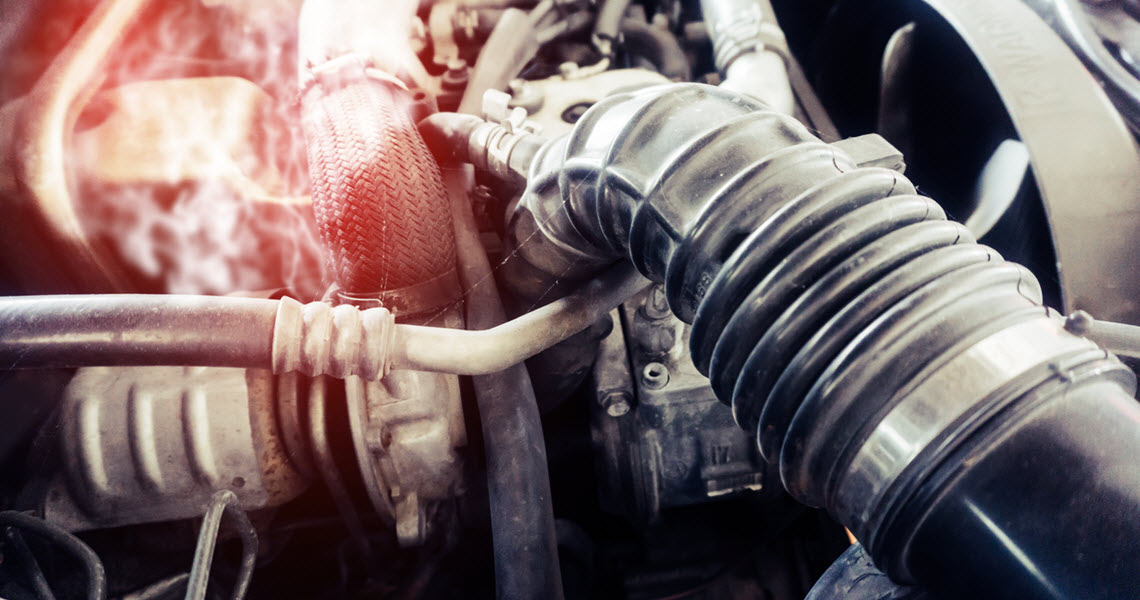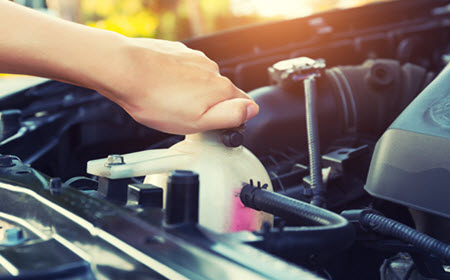Understanding Your BMW’s Engine Cooling System
- September 5, 2023
- BMW Repair
- Posted by Charles Oehmke
- Comments Off on Understanding Your BMW’s Engine Cooling System
 Have you ever wondered how your BMW keeps its engine cool despite generating intense heat? It’s all thanks to a sophisticated system designed specifically to regulate temperatures and prevent overheating. Understanding how this engine cooling system works can help you appreciate the engineering marvel that keeps your BMW running smoothly. From the radiator’s role as the heart of the cooling system to the precise control of coolant flow through the thermostat, there are fascinating mechanisms at play. Let’s delve deeper into the inner workings of your BMW’s engine cooling system and uncover the secrets behind its ability to maintain optimal performance even in the face of extreme heat.
Have you ever wondered how your BMW keeps its engine cool despite generating intense heat? It’s all thanks to a sophisticated system designed specifically to regulate temperatures and prevent overheating. Understanding how this engine cooling system works can help you appreciate the engineering marvel that keeps your BMW running smoothly. From the radiator’s role as the heart of the cooling system to the precise control of coolant flow through the thermostat, there are fascinating mechanisms at play. Let’s delve deeper into the inner workings of your BMW’s engine cooling system and uncover the secrets behind its ability to maintain optimal performance even in the face of extreme heat.
Heat and Engine Overheating
Engines, including those found in BMWs, rely on controlled explosions of fuel and air to generate power. However, this process also produces an enormous amount of heat. If the heat is not effectively managed and removed, it can lead to engine overheating, which can cause irreversible damage.
The engine’s internal components, such as the pistons, cylinders, and valves, are made of metal, which can warp or break when exposed to extreme temperatures. Furthermore, high temperatures can damage the lubricating oil, leading to decreased performance and potential engine failure. That’s where the engine cooling system comes into play.
The Engine Cooling System
The engine cooling system regulates the engine’s temperature and prevents overheating. It achieves this through a combination of components and mechanisms that work together harmoniously. Let’s take a closer look at each of these components and how they contribute to maintaining optimal engine temperatures.
- Radiator: The radiator is the center of the cooling system. It is a heat exchanger located at the front of the car, often visible through the grille. The radiator’s job is to dissipate heat from the coolant into the surrounding air. This is achieved through a series of narrow tubes and cooling fins that maximize the contact surface area with the air.
- Coolant: The coolant is a specially formulated liquid that flows through the engine to absorb and carry away excess heat. It has a high boiling point and low freezing point, making it effective in extreme temperatures. The coolant is typically a mixture of water, ethylene or propylene glycol, and additives to enhance its properties.
- Water Pump: The water pump is responsible for circulating the coolant throughout the engine and radiator. It is usually driven by a belt connected to the engine’s crankshaft. As the pump spins, it creates a continuous flow of coolant, ensuring that heat is carried away from the engine.
- Thermostat: The thermostat acts as a gatekeeper, regulating the coolant flow based on the engine’s temperature. It stays closed when the engine is cold, allowing it to warm up quickly. Once the engine reaches the optimal operating temperature, the thermostat opens, allowing the coolant to circulate fully and maintain a stable temperature.
- Electric Fan: In addition to the natural airflow while driving, BMWs also employ an electric fan to help cool the radiator during idle or slow-moving situations. The fan is controlled by a sensor that detects the engine’s temperature and activates the fan when necessary, providing the extra cooling power needed by your vehicle.
Interactions with Other Car Parts
The cooling system in your BMW doesn’t work alone—it collaborates with other car parts to ensure everything runs smoothly and safely. Here are two out of the many components it interacts with:
- Engine Control Unit (ECU): The ECU is the engine computer and it has a duty to monitor the engine’s temperature. It relies on sensors strategically placed throughout the engine to gather temperature data. Based on this information, it adjusts various parameters to help maintain optimal performance and prevent overheating. For example, it can modify fuel injection to ensure the right amount of fuel is delivered, adjust ignition timing to optimize combustion, and even activate warning lights on the dashboard if the engine temperature exceeds safe limits.
- Belts and Pulleys: The cooling system also relies on belts and pulleys connected to the engine to drive its components. The water pump is typically connected to the engine via a belt. The fan, which helps cool the radiator, is also driven by a belt or sometimes an electric motor.
Optimize Your BMW’s Performance with Premier Cooling System Services
At Nikolas Motorsport, we specialize in providing top-notch  maintenance and services for BMW cooling systems. Our team of experts is dedicated and always ready to help keep your BMW in excellent condition. We are situated in Pontiac, MI, and also serve drivers from Bloomfield Hills, Farmington Hills, Rochester Hills, Royal Oak, and Troy, MI. Whether you need regular maintenance or any cooling system repairs, you can trust us to deliver exceptional service. Contact us today to ensure a cool driving experience.
maintenance and services for BMW cooling systems. Our team of experts is dedicated and always ready to help keep your BMW in excellent condition. We are situated in Pontiac, MI, and also serve drivers from Bloomfield Hills, Farmington Hills, Rochester Hills, Royal Oak, and Troy, MI. Whether you need regular maintenance or any cooling system repairs, you can trust us to deliver exceptional service. Contact us today to ensure a cool driving experience.

